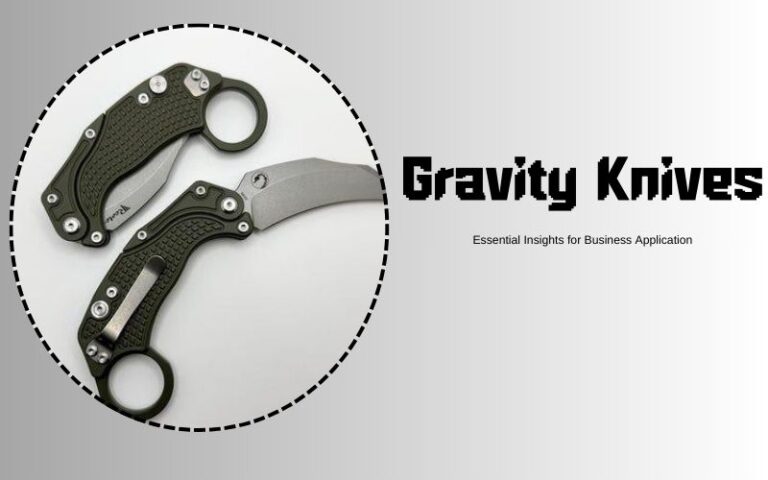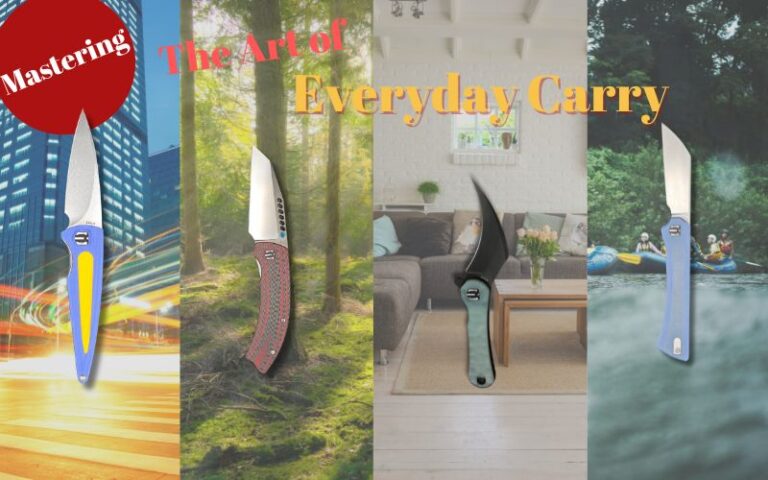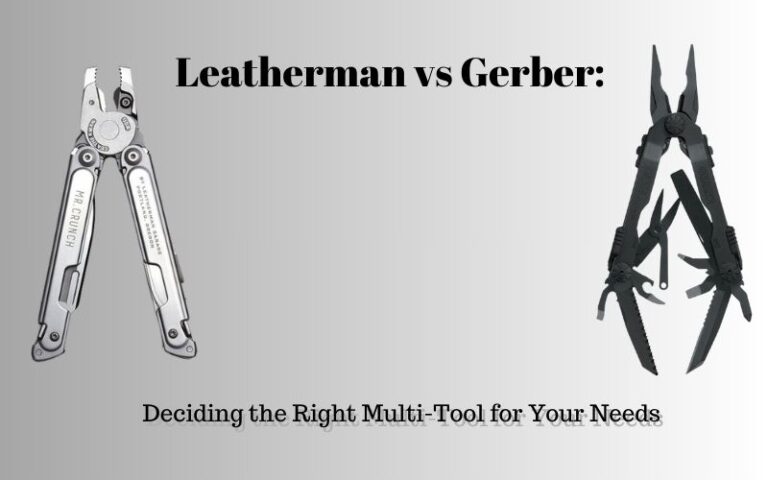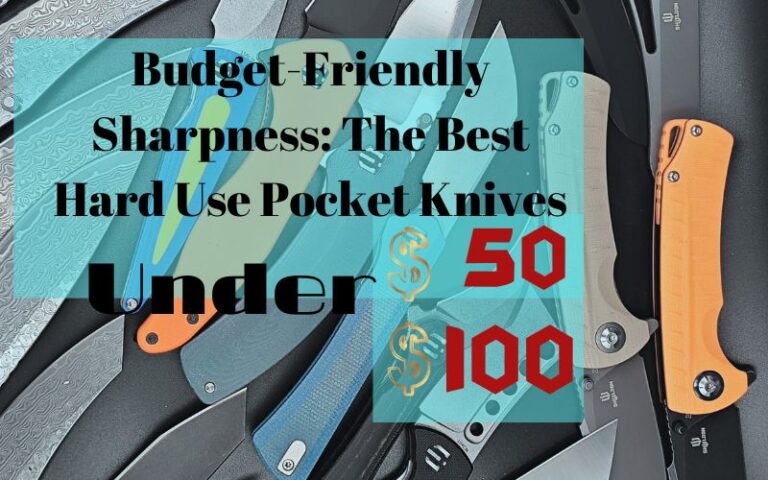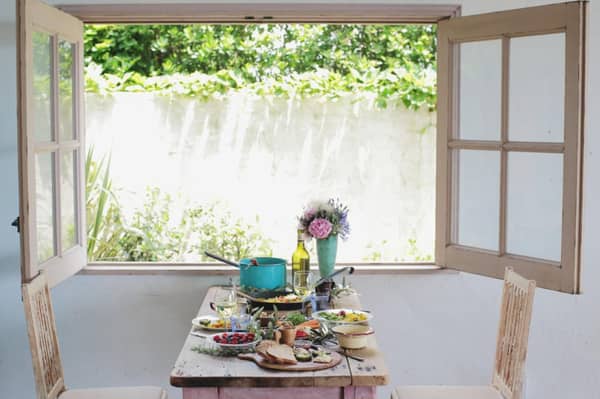
A tool “kitchen knife” that is almost always used when cooking. It may be surprising, but if you choose it properly and cook it with a well-maintained kitchen knife, the finish of the dish will be significantly different. This time, we will introduce the types and materials of kitchen knives that are often overlooked, and how to care for them.
Image: Are you choosing properly? How to choose a “kitchen knife” to improve your cooking skills
Types of kitchen knives that you want to change depending on the ingredients
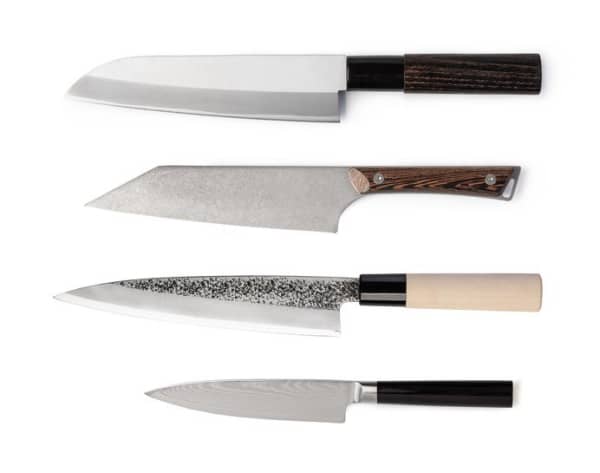
Even if you say “kitchen knife” in one word, each has a different shape depending on the purpose, and each has a name. First of all, I will introduce what kind of food is suitable for cooking.
“Japanese knives” and “Western knives”
Since the civilization of the Meiji era, Western and Chinese cuisines have been introduced, and the food culture has changed. Along with that, the tools used for cooking have also changed. Before that, the Japanese mainly ate fish and vegetables. “Japanese knives” generally refer to knives that have been used since before the Meiji era. There are Japanese knives for various foods such as soba, mochi, sushi and sashimi. On the other hand, “Western knives” mainly refer to knives transmitted from the West. With the civilization, many people have more opportunities to eat meat dishes, and some Japanese knives have evolved in response to the meat-eating culture.
Representative of “Japanese knives”
☆ Sashimi knife (Yanagi knife)
As the name suggests, it is long and thin like a willow leaf, and is used when cutting sashimi or fillets into thin slices. It is also suitable for cutting slimy ingredients such as squid. Some cooks use it to cut meat because it excels at slicing. Due to the long blade length, you may need to get used to handling it.
☆ Deba knife
Deba knives have thick and wide blades. It is mainly used when handling fish. It is also useful for chopping bones and cutting hard ingredients. A small deba knife called a small deba (horse mackerel cut) is recommended because it has a small turning radius and is easy to use.
☆ Nakiri bōchō
A square-shaped knife with a thin blade and no curve. It is perfect for peeling vegetables and wigs. It is also very useful for cutting lettuce and cabbage with bulk from the shape of the blade, and for shredding.
Representative of “Western knives”
☆ Santoku knives (universal knives)
It may be the most popular kitchen knife. A kitchen knife suitable for various ingredients such as meat, fish and vegetables. It may be the most popular kitchen knife that is always available in every household, such as “the first one” and “only this”.
☆ Chef’s knife
Like the Santoku knives above, it is known as a universal knife. The difference from Santoku knives is that the blade length is long and the cutting edge is often curved. It is very useful when cutting meat. This may be easier to use in modern homes where there are many meat dishes.
☆ Petty knife
It is a small kitchen knife. Since it has a small turn, it is ideal for detailed work. It can be used for various purposes such as cutting fruits, cutting decorations, and cutting crafts. Recommended for people with small hands.
☆ Chinese knife
A kitchen knife used for cooking Chinese food, which is large and heavy. It is very convenient for cutting various ingredients, and it is a knife that is strong enough to cut hard things and bones. However, it is difficult to handle, so it is suitable for intermediate and advanced cooks.
Choose the material that suits your personality
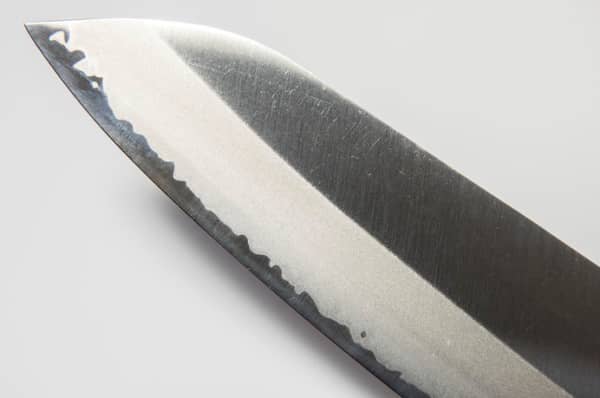
There are two main types of steel knives. “Steel” and “stainless steel”. In addition, “ceramic” and “titanium” have become common. Isn’t it the material that you are worried about when purchasing? A kitchen knife is a tool that requires some care to maintain its sharpness. We recommend that you choose according to your lifestyle. Which material is right for you?
“Steel”
Have you ever heard that Hagane knives are “rusty” and “must be sharpened well”? In fact, it is easier to rust than stainless steel. Especially when you start using it, rust will occur immediately. Also, cutting acidic ingredients may turn black. However, it has the characteristics of being extremely sharp and long-lasting compared to stainless steel.
“Stainless”
Due to its rust-resistant properties, daily care is very easy. Stainless steel knives are now more popular because they are easier to handle. In addition, the materials have improved, and stainless steel knives with sharpness like knives have come out. Furthermore, with the advancement of technology, kitchen knives with a knife cut between stainless steel have also appeared. The sharpness and ease of sharpening are inferior to those of Hagane, but the ease of handling is a major advantage.
“Ceramic”
It is light and easy to handle. It also does not smell easily and does not rust. It is popular with people with metal allergies and those who are particularly concerned about hygiene. There are also plenty of designs to make you feel happy when you stand in the kitchen. However, it is important to note that the blade is easily chipped because it is a hard and non-flexible material. If you have a special sharpener, you can clean it yourself.
“Titanium”
The first feature is that it is very light. Even the same kitchen knife is about half as light as the one made of stainless steel. It also has the feature of being resistant to rust. It is a metal that does not easily cause allergic reactions and is also used in the medical field. Since it is difficult to ionize, there is no need to worry about odor transfer.
How about daily care?
Cleaning after use is important for keeping the tools in good condition for a long time. I know it, but I think it’s true that every time it’s unreasonable. Of course, you need to sharpen a knife, but if you sharpen it frequently, you will reduce the number of blades quickly, and it is quite difficult to sharpen yourself.
Therefore, I will introduce what you can easily do before you put away your kitchen knife and what you should be careful about every time. It’s just a hassle, so please give it a try. I’m sure you’ll be attached to it.
☆ Most important! “No water”
Wipe off any water from any material of kitchen knife as soon as you wash it. It is also safe in terms of hygiene.
☆ “Do not leave it out”
Always protect the blade of the knife. Many people may wash it and leave it in the drainer, but if it hits it, the blade will be easily chipped. Avoid storage where kitchen knives collide with each other as much as possible.
☆ “Easy sharpening” before the sharpness gets worse
In order to maintain sharpness, this method should be done on a daily basis rather than sharpening in earnest. Especially if you have a kitchen knife or are thinking of purchasing it, please try this method. It is to polish the blade with sandpaper called water resistant paper. The recommended water-resistant paper is 800-1000 roughness. It is cheap and easy to get at home improvement stores. All you have to do is cut out the necessary amount when washing the kitchen knife with water and wash it like polishing with water resistant paper. It keeps its appearance and sharpness.
Please take this opportunity to review the handling of kitchen knives. If you use beautifully cut ingredients, the finish of the dish will be greatly improved.
Click to have more Shieldon EDC knives and tools fun.
Shieldon、Facebook、Instagram、YouTube、Twitter、Tumblr、Pinterest

